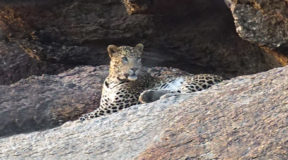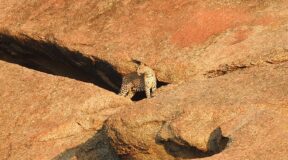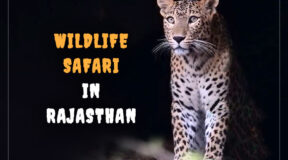When you heard of Rajasthan, what things first come to your mind? It would be its rich history, famous forts, cultural heritage and vast desert. If you are thinking this is just the end of the list, you are somewhat wrong. Rajasthan is having rich flora and fauna also and this can be analyzed by considering the huge number of Wildlife Sanctuaries in Rajasthan.
The wildlife conservation areas in Rajasthan are helping the state boost its eco-tourism. As a wildlife enthusiast, you can capture limitless moments in your mind and camera while visiting these areas. These wildlife sanctuaries in Rajasthan are home to different endangered species of mammals, birds and reptiles.
Through this blog, we will look at the top 10 Wildlife Sanctuaries in Rajasthan.
1. Ranthambore National Park – Sawai Madhopur
When you talk about wildlife in Rajasthan, Ranthambore National Park is the name that appears in your mind. That’s because it is one of the biggest destinations in India for seeing tigers. Located in the Sawai Madhopur district, this national park has got many things for you to see, it covers an area of 1334 sq. km.
Besides the tigers, you also get to see leopard, board, mugger crocodile, rhesus macaque, gray langur, sloth bear, striped hyena, sambar along with several species of birds as well. The footfall in this national park is increasing every year and it manages to attract nature lovers and wildlife photographers across the globe.
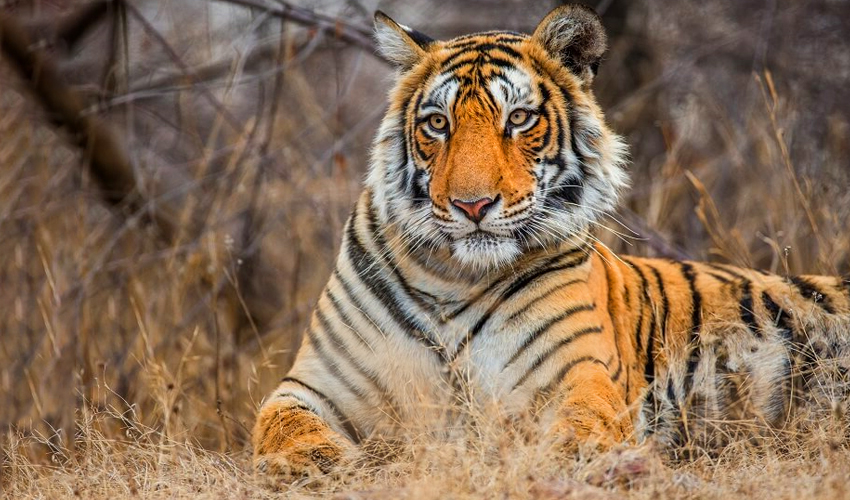
Salient features of the park-
- Rocky terrain with lakes, streams, and tropical dry deciduous forests.
- Closest airport of Jaipur is only 160 km away, road and rail connectivity with major cities.
- Attractions include a temple at high altitude and Aravali ranges.
- Online booking of safari is available.
Best time to visit – From November to March
2. Sariska Tiger Reserve, Alwar
Another tiger reserve that becomes a part of Kathiawar-Gir dry deciduous forests’ ecoregion and Aravalli Range. Sariska tiger reserve spans an area of 881 km2 and became a part of Project Tiger in 1978. It officially became a national park in 1990 and boasts of being the first reserve with successfully relocated tigers in the world. It is rich in terms of flora and fauna both with a great range of wildlife species.
Other than the Bengal tiger, the park is also home to honey badger, rhesus macaque, small Indian civet, wild boar, golden jackal, Javan mongoose, ruddy mongoose, caracal, jungle cat, Indian hare, and a thriving birddom.
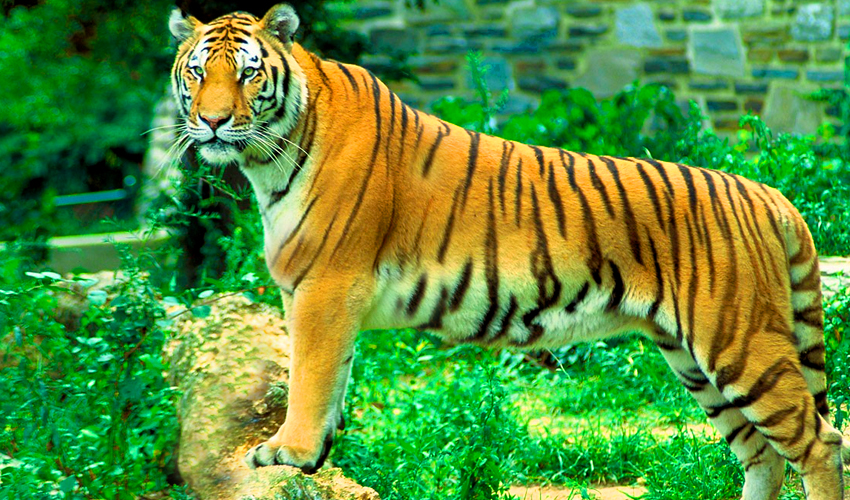
Salient features of the park-
- Temple of Neelkanth and Pandupol Hanumanji Temple is inside the park.
- Bijak ki Pahadi, Sariska Palace, and Kankwadi Fort as well.
- Nearest airport of Jaipur is only 162 km away, buses and trains are also available.
- Comprises of a water body, a large variety of fauna and hills as well.
Best time to visit : November to March
Book Wildlife Safari Tour :+919784559999 | Email: [email protected]
3. Keoladeo National Park, Bharatpur
Also known as Keoladeo Ghana National Park or Bharatpur Bird Sanctuary, this place is a major attraction for the ornithologists around the world. It is home to 366 species of birds and also a World Heritage Site. Another notable fact about this park is that it is a man-made and man-managed wetland that officially became a protected sanctuary in 1971.
Besides the birds, it is home to 7 species of turtles and amphibians, 5 species of lizards, 13 species of snakes along with 379 species of flowering plants. The founder of World Wildlife Fund, Peter Scott considered Keoladeo as one of the best destinations for bird-watchers in the world.
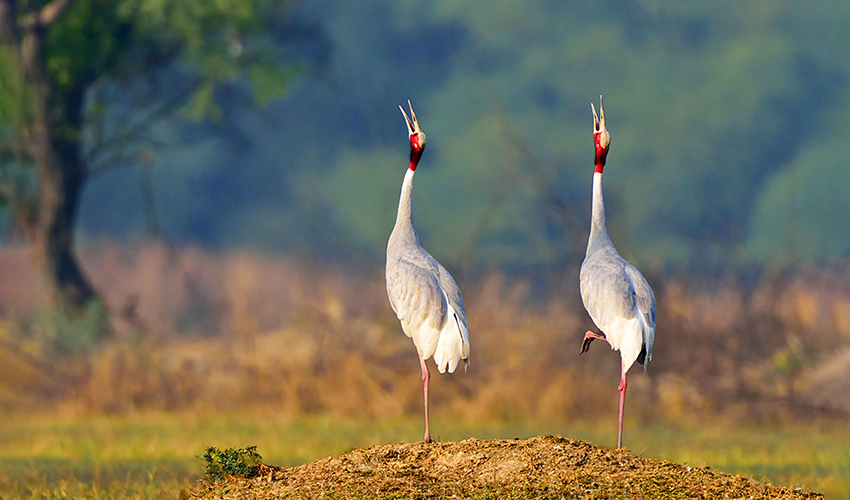
Salient features of the park-
- Recognized by UNESCO as a World Heritage Site and Ramsar Wetland site.
- Heaven for bird-watchers and nature lovers
- Closer destination for tourists visiting Jaipur and Agra.
- Good facilities to stay in the vicinity.
- Boating is also available in the rainy season.
Best time to visit – October to February
4. Kumbhalgarh Wildlife Sanctuary, Kumbhalgarh
Located in the Rajsamand District of Rajasthan, Kumbhalgarh Wildlife Sanctuary covers an area of 610.528 km2 (236 sq mi) and extends across the Aravalli Range too. It is also a part of Kathiawar-Gir dry deciduous forests ecoregion and goes up to 4,300 ft in elevation. It became one of the places chosen for the reintroduction of the Asiatic lion and is already home to several species.
The tract is also very diverse and comprises of hills, plains, and piedmonts along with a Fort. The species that you can see here involve leopard, chausingha, chinkara, sloth bear, golden jackal, red spurfowl, golden oriole, white-breasted kingfisher, etc.
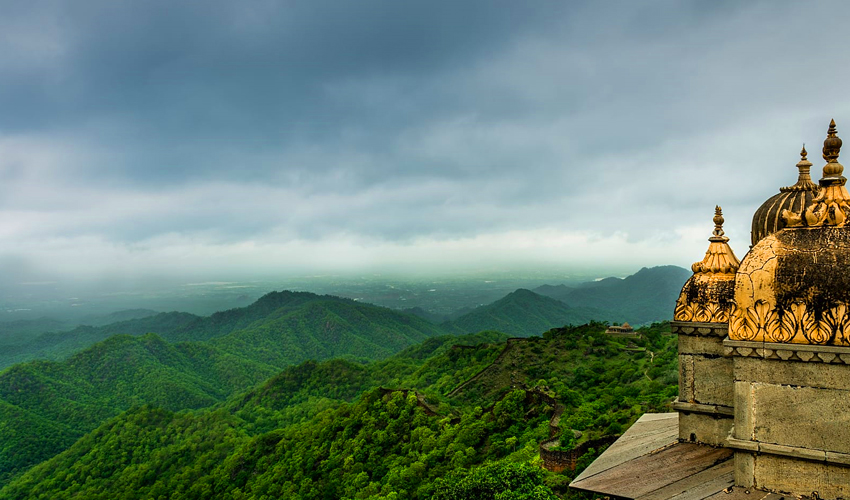
Salient features of the park-
- Safari is available with jeep, horses or on foot as well.
- Chance of visiting the historical Kumbhalgarh fort as well.
- Chance to see a large variety of flora and fauna
- High probability of spotting the Indian leopard
Best time to visit – October to March
Book Wildlife Safari Tour :+919784559999 | Email: [email protected]
5. Darrah Wildlife Sanctuary, Kota
It is part of Darrah National park that comprises of three wildlife sanctuaries, the other two are Jawahar Sagar Wildlife Sanctuary, and Chambal Wildlife Sanctuary. Like many other wildlife areas in Rajasthan, this one is also a part of Kathiawar-Gir dry deciduous forests’ ecoregion.
Along with a few other sanctuaries in the state, Darrah Wildlife Sanctuary was also considered for the reintroduction of Asiatic lions. Spread over 278km, this sanctuary provides habitat for a large number of species including nilgai, sloth bear, porcupine, jungle cat, Bengal fox, golden jackal, striped hyena, Indian leopard, pangolin, wild boar, caracal, spotted deer, and four-horned antelope.
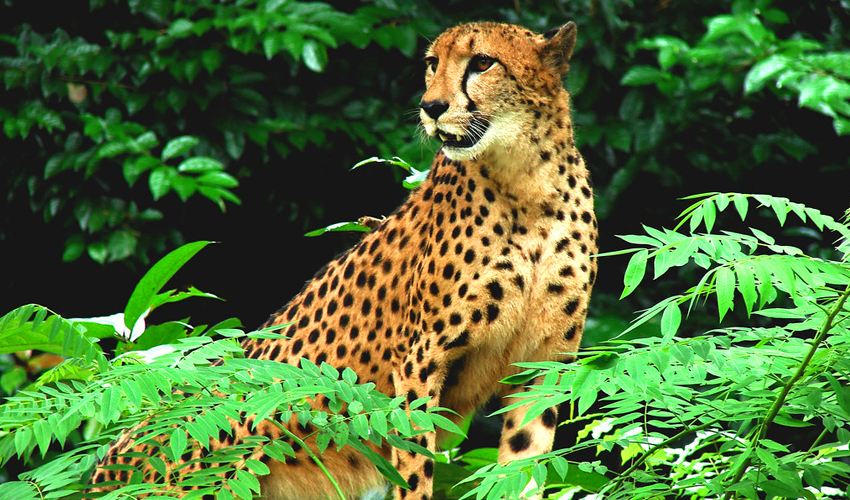
Salient features of the park-
- Amazing jungle safari to see several species
- Chance to witness a large variety of birds as well
- Facility of trekking is also available here
- A large variety of flora for nature lovers
Best time to visit – October to March
6. Mount Abu Wildlife Sanctuary, Mount Abu
It is one of the wildlife sanctuaries in the world located at a high altitude and spans a total area of 6 km (3.7 mi) in width and 19km (12 mi) in length. One of the notable features is that it spreads out into a plateau and reaches an altitude of 5,650 ft (1,722 m), the highest point of the Aravali Range which is called Guru Shikhar.
Besides being a part of Kathiawar-Gir dry deciduous forests ecoregion, Mount Abu Wildlife Sanctuary becomes a habitat for 157 species of monocots, 663 species of dicots along with a diverse fauna as well. The wildlife includes Indian crested porcupine, Indian hedgehog, grey mongoose, pangolin, langur, fox, jackal, wolf, jungle cat, sambar, wild boar, leopard, etc.
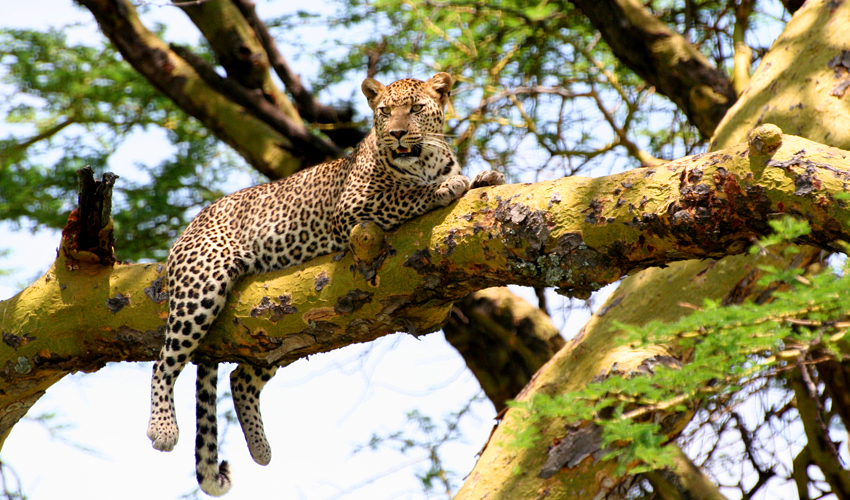
Salient features of the park-
- A great variety of flora and fauna is available
- One of the oldest sanctuaries in Aravalli with high altitude
- The rocks here are igneous with large cavities on them
- Camping and trekking also possible here
Best time to visit – November to February; April to June
7. Sita Mata Wildlife Sanctuary, Pratapgarh
Covering an area of 422.95 square kilometres, Sita Mata Wildlife Sanctuary extends across three different geographical locations which are the Aravali Range, the Vindhyachal Hills, and the Malwa Plateau. It officially became a protected area in the year 1979 and is located between the districts of Chittaurgarh and Pratapgarh.
The sanctuary receives an annual rainfall of 756 mm and is 600 metres above the sea level. It is mainly known for being home to a huge variety of birds along with fauna and other mammals too. It is also a part of Asiatic Lion Reintroduction Project and comprises an eminent spot called Lakhiya Bhata where you can see prehistoric drawings engraved on rocks.
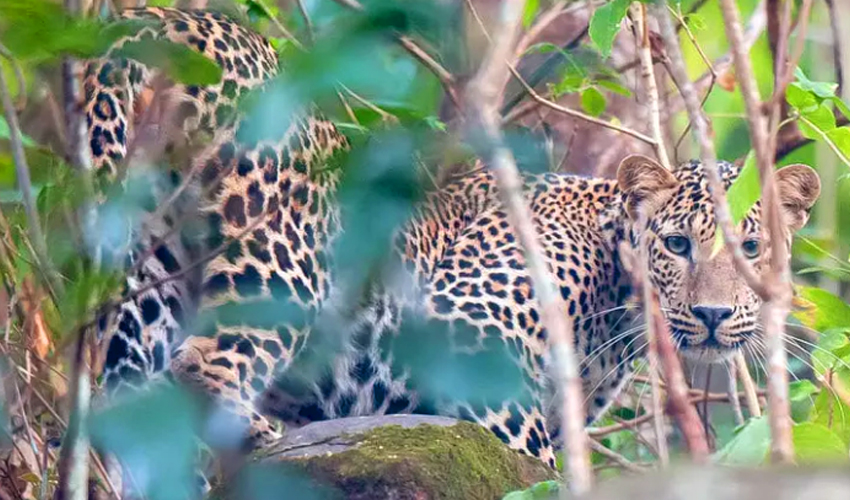
Salient features of the park-
- Comprises of Valmiki Ashram, temples of Hanuman and Sitamata
- Sighting of prehistoric engravings at Lakhiya Bhata
- Chance to see a huge variety of birds
- Easy to reach from many cities of Rajasthan and Madhya Pradesh
Best time to visit – October to March
Book Wildlife Safari Tour :+919784559999 | Email: [email protected]
8. Kaila Devi Wildlife Sanctuary, Karauli
Spanning across an area of 674 sq km, Kaila Devi Wildlife Sanctuary is a part of Ranthambore and falls in the Karauli district of Rajasthan. There are two rivers flowing inside the sanctuary, from the west, it is River Banas and to the south-east, it is Chambal. It has been named after the temple of the local deity “Kailadevi” in a village that bears the same name.
Along with a large number of birds, you can also spot, sambar, Indian wolf. Sloth bear, striped hyena, panther, Bengal tiger, wild boar, chinkara, jackal, etc. It officially became a sanctuary in 1983 and since then, it has been a potential attraction for domestic as well as international tourists.
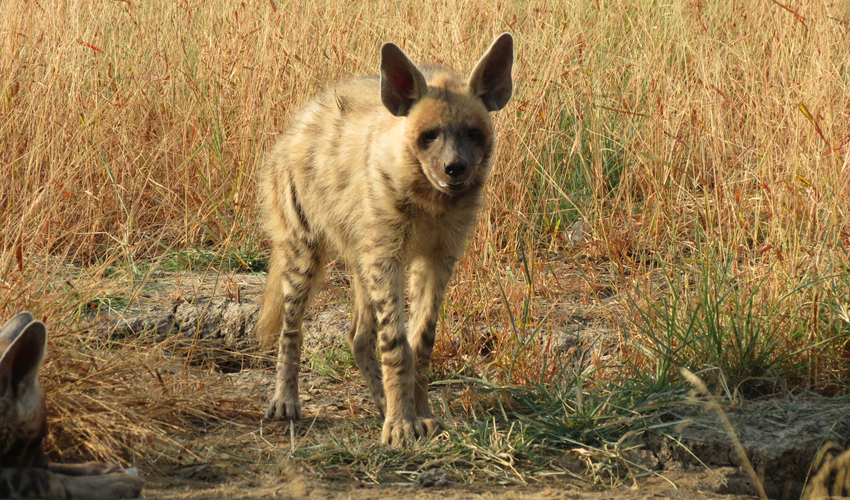
Salient features of the park-
- Breathtaking view of both Chambal and Banas rivers
- Giving you a glimpse of Ramthambore’s wildlife
- Providing suitable habitat to diverse flora and fauna
- Enjoy an adventurous safari on jeep or canter
Best time to visit – September to March
9. National Chambal Wildlife Sanctuary, Kota
A tri-state protected area with an area of 5,400 km2 (21,00 sq mi), National Chambal Wildlife Sanctuary is located at the tripoint of Chambal River which touches, Rajasthan, Madhya Pradesh, and Uttar Pradesh as well. It is home to the critically endangered species such as Ganges river dolphin, red-crowned roof turtle, and gharial.
The governments of all three states declared their separate portions of this river as protected areas in different years. Rajasthan and Uttar Pradesh did it in 1979, and Madhya Pradesh did it in 1978 under the Wildlife Protection Act of 1972. Apart from the focused species, you can spot all the major species of mammals and birds that can be found in the other wildlife areas of Rajasthan and Madhya Pradesh.
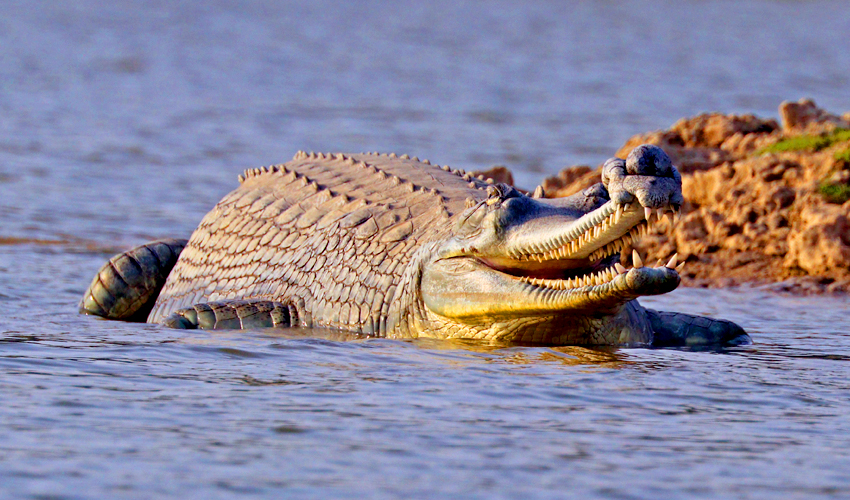
Salient features of the park-
- Boating is available from various entry points.
- Chance to spot endangered species like Gangetic dolphin, gharial, and turtles.
- Other attractions include Ater Fort built in the 17th century.
- A large variety of birds and mammals are also there
Best time to visit – September to June
10. Jaisamand Sanctuary, Udaipur
Also known as Dhebar Lake or Jaisamand lake because of the proximity of the water body to the sanctuary. The most remarkable fact about the Jaisamand Sanctuary is obviously the water body which is India’s second-largest artificial lake. The sanctuary spans across 162 km and gives you an opportunity to see the wildlife in Rajasthan closely.
The beauty and features of the lake make this place more attractive, it also comprises of 3 islands with an area of 10 to 40 acres (160,000 m2) each. Being a part of Kathiawar-Gir dry deciduous forests, it is habitat to a large number of migratory birds along with mongoose, four-horned antelope, deer, wild boar, panther, etc.
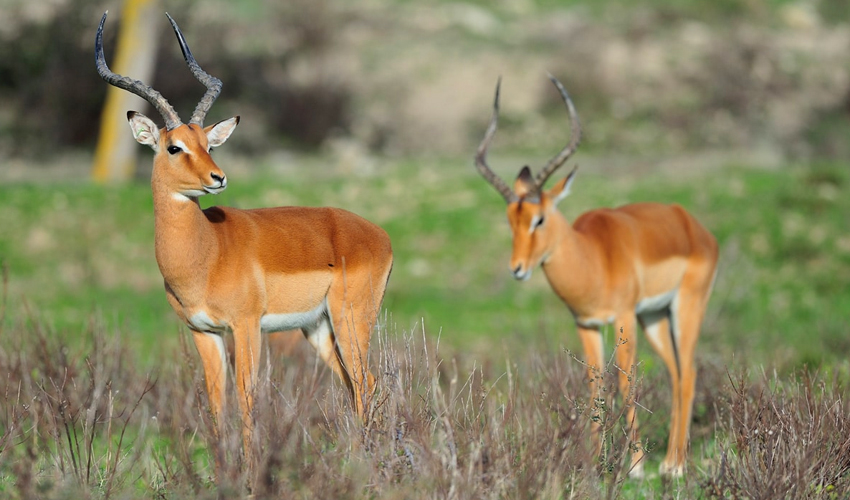
Salient features of the park-
- Chance to see the second-largest artificial lake in India
- Enjoy boating and wildlife safari both
- Connected to all the major cities through air, road and railways
- Comprises of a large variety of flora and fauna
Best time to visit – November to April
Final Words :
By concluding our discussion, we can recommend you a unique place to experience wildlife in Rajasthan. If you want to witness the wildlife of this biggest state, you must go to Jawai Leopard Safari. This safari can be enjoyed in the nearby area of Jawai Dam which is the largest dam in Western Rajasthan. The Leopard Safari at Jawai will be unique since you can be able to witness the familiarity of these big docile cats with human beings.
As this wildlife conservation area is located between the Aravali Hills, there is limited number of staying options in this area. Thour Nature Resorts is the best resort to stay in Jawai that offers a luxurious tent stay equipped with all the modern amenities. You can book Leopard Safari or Full Day Jungle Safari at very affordable rates. Staying with them will help you in collecting innumerable unforgettable memories for a lifetime.
Book Wildlife Safari Tour :+919784559999 | Email: [email protected]



